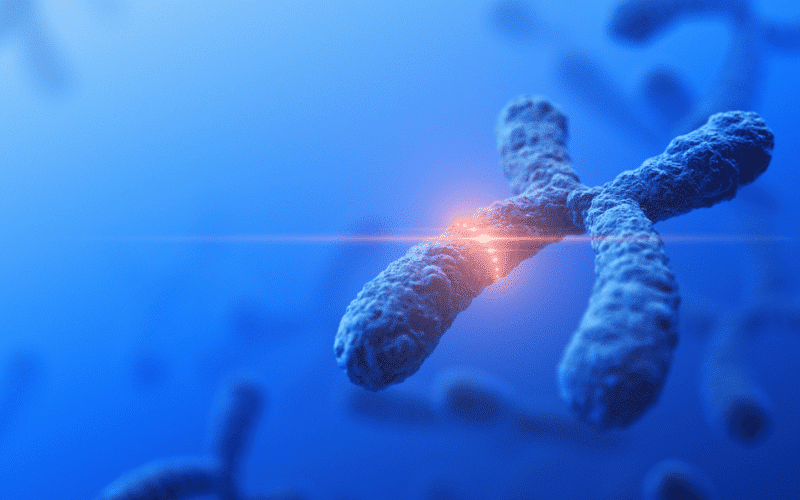Introduction: A Closer Examination of Amyloidosis and Its Causes

Amyloidosis, a rare and frequently misdiagnosed condition, occurs when abnormal amyloid proteins build up in the body’s organs and tissues. This accumulation can lead to severe organ damage and, in some cases, become life-threatening.
The origin of amyloid proteins lies in the bone marrow. From there, they can be deposited into various organs, including the heart, kidneys, liver, and nerves. These proteins, when accumulating in the body, can disrupt the normal function of these organs, leading to severe complications and even death. Amyloidosis presents itself in several forms, such as primary, secondary, and hereditary forms, each with distinct causes and characteristics.
Understanding the causes of amyloidosis is crucial for making strides in the development and effectiveness of prevention and treatment methods. In this article, we will explore the top 10 causes of amyloidosis, delving into genetic factors, age, inflammation, and more. Furthermore, we will discuss the importance of early detection and provide answers to frequently asked questions about this rare condition.
Research in the field of amyloidosis has led to significant advancements in our understanding of the disease. However, there is still much to learn about its causes and mechanisms. As we uncover more about amyloidosis, we can work towards developing better diagnostic tools, treatment options, and preventive measures to improve the lives of those affected by this condition.
By investigating the various causes of amyloidosis, we can gain a deeper understanding of the disease and its impact on patients. This comprehensive examination will help both medical professionals and patients navigate the complexities of amyloidosis, paving the way for better management and treatment of this rare and often misunderstood condition.
Cause 1. Genetic Factors and Familial Amyloidosis: The Role of Inheritance in the Development of the Disease

Genetics cast a long shadow over our lives, influencing a wide array of factors from our appearance to our predisposition to certain health conditions. Among the myriad conditions that can be inherited is amyloidosis, a term that blankets a group of diseases characterized by the abnormal accumulation of protein, known as amyloid, in various organs and tissues. In this context, the spotlight is on familial amyloidosis, a type of amyloidosis often triggered by a mutation in the TTR gene, which, by default, provides instructions for producing a transport protein, transthyretin. This genetic anomaly results in amyloid proteins that are prone to misfolding and subsequent buildup.
Under normal circumstances, the TTR gene is a helpful chap. It guides the production of transthyretin, a protein that ferries thyroid hormones and retinol-binding protein (which itself transports vitamin A) through our bloodstream. However, in the case of familial amyloidosis, mutations in the TTR gene lead to a sticky situation – the proteins produced are misshapen and have a propensity to clump together, forming amyloid deposits. Over time, these deposits may compromise organ function and manifest in a range of symptoms, depending on the location of the amyloid buildup.
Not all TTR gene mutations are created equal. To date, over 100 different mutations have been identified, each leading to slightly different manifestations of the disease. For instance, some mutations primarily affect the nerves (causing familial amyloid polyneuropathy), while others primarily impact the heart (leading to familial amyloid cardiomyopathy). In some cases, the kidneys, eyes, or central nervous system might be affected. This genetic variation, coupled with the wide range of potential symptoms, means that familial amyloidosis can be a bit of a chameleon when it comes to diagnosis.
So how does familial amyloidosis make the leap from one generation to the next? The culprit lies in the autosomal dominant pattern of inheritance. This means that a single copy of the altered gene in each cell is sufficient to cause the condition. Consequently, if one parent carries the mutation, each offspring has a 50% chance of inheriting the condition. However, the age of onset and severity of symptoms can vary, even within the same family, adding another layer of complexity to the disease.(1)